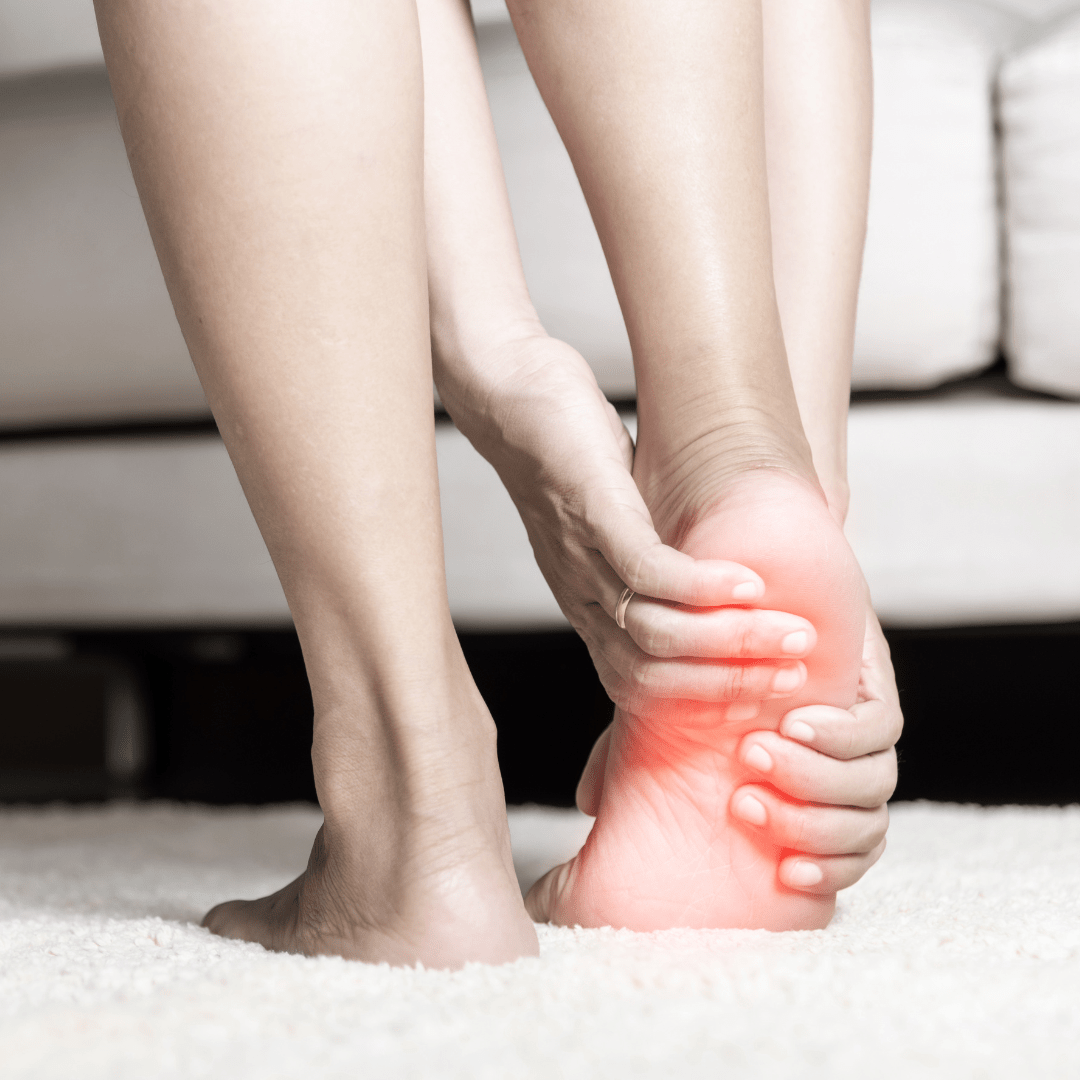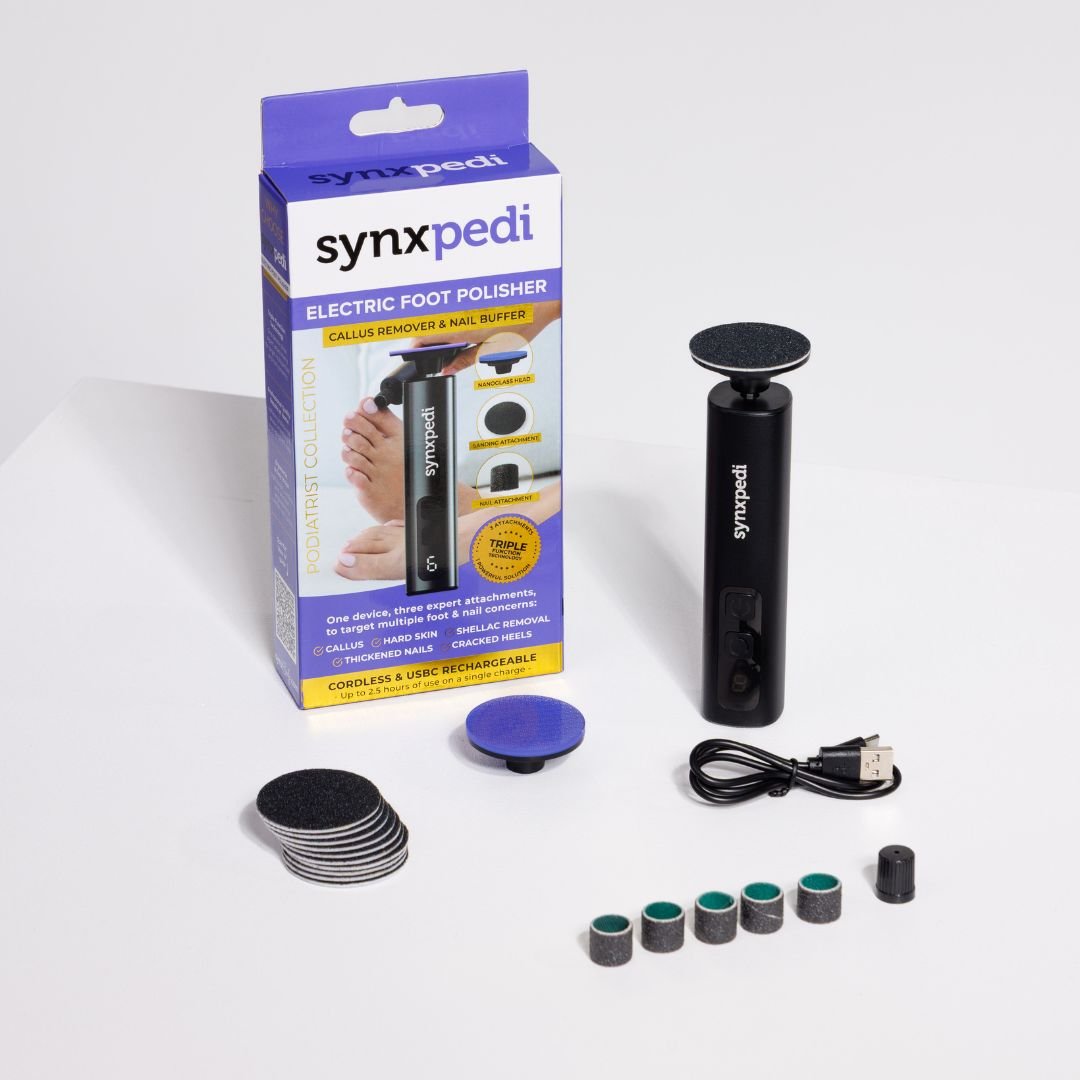If you’ve ever experienced aching joints, you’ll know it can be uncomfortable, and can get in the way of your daily routine.
We use our joints every time we move but we might not think too much about them until we have to!
Where achy joints move from just uncomfortable to chronic, you could be looking at arthritis or other rheumatic conditions.
It’s important to know how to manage the pain and why it might be happening, so you can live your best life possible.
Causes of aching joints
Joint pain is common, especially as you get older. Aching joints can be caused by many various conditions and while it might feel like your joints are hurting, the pain is really coming from nearby muscles or tendons.
Aching joints can be classified as either acute which means it usually comes on quickly and lasts a short while, or chronic which may be caused by an autoimmune or 'rheumatic' condition.
Some conditions that can cause aching joints include:
- Osteoarthritis (OA) - a widespread type of arthritis that can cause swollen joints, stiffness, or decreased mobility in the areas affected. OA is generally due to abnormal wear and tear.
- Rheumatoid arthritis (RA) - RA is an autoimmune disease, where the body attacks healthy cells by mistake resulting in achy or swollen joints, as well as stiffness in the affected areas.
- Injury – if you experience a fracture, sprain, strain, or dislocation you might experience achy joints for a period of time.
- Viral infections – Such as some infections can cause achy joint pain or swelling.
- Bursitis – Swelling in the bursa around the joint that can be caused by overuse of structures including tendons around the joint or impact.
- Tendinitis – this condition is usually occurring as a result of overuse or an injury to a tendon.
- Gout - gout is a type of inflammatory arthritis that results when crystals from your body build up in a joint.

Rheumatoid Arthritis
Taking a deeper dive into the auto-immune condition known as Rheumatoid Arthritis (RA), it is one of the most common chronic causes of aching joints.
- What is Rheumatoid arthritis (RA)?
Rheumatoid arthritis is a chronic (long-term) disease that can cause pain and swelling in your joints. Rheumatoid arthritis is an autoimmune disease where your immune system doesn’t recognise the tissue lining your joints to be part of your body and attacks it. When this happens, some joints become swollen and painful.
For unknown reasons, more women than men get RA, and it usually develops in middle age. Having a family member with RA increases the odds of developing RA.
- Managing and treating rheumatoid arthritis
It might not be possible to cure RA, but we can prevent disease progression and further joint damage.
- Medication options
Medication can also help manage RA. Typically, medications will be prescribed to reduce inflammation and to relieve joint pain caused by RA.
Doctors might look at immunotherapy drugs called biologic response modifiers, and nonsteroidal anti-inflammatory drugs, analgesics and corticosteroids. All of these can help to reduce inflammation and alleviate pain.
You can also use a natural Synxeaze Pain Relief Cream or a PEA (Palmitoylethanolamide) & Curcumin Supplement, where the dual combination of Curcumin and PEA can assist in relieving mild symptoms of pain and inflammation, arthritis and osteoarthritis, whilst improving muscle recovery time.
- Heat and Cold therapies
Alternating between heat and cold packs can help reduce pain and inflammation.
Cold packs help to numb the feelings of pain, and heat relaxes muscles and joints.
It’s a good idea to use this therapy regularly to help with pain, and it can be done quite easily at home or even at work if you have ice packs and heat packs.
- Physical and Occupational Therapy
It is really important to assess biomechanics and correct any dysfunction as the way we walk can hugely impact the development of arthritis and joint pain.
Orthotics play an important role in off-loading pressure on joints and also reducing the risk of developing OA in the future.
Some joints also change shape becoming deformed and customised orthotics can be a great solution for off-loading joints.
Occupational therapy can help you to learn how to change some of your daily behaviours so they aren’t painful.
Other professional therapy services that can help alleviate pain include massage therapy and acupuncture.
- Diet
Diet can prove to be a great help in managing RA.
Maintaining a healthy weight can significantly help with the management of your RA, and eating certain foods that have anti-inflammatory properties such as omega-3 fatty acids which are found in fish oils.
Did you know that smoking causes inflammation, which can in turn complicate your RA and cause more pain? So if you’ve been looking for an excuse to give up smoking, this may be a good time to do so.
- Exercise
Moderate and regular exercise can help with pain management and improve joint function and range of motion.
The best exercises are cycling, swimming, and walking as they not only improve your physical health, but they can also elevate your mood.

- Manage stress
It can at times feel emotional and stressful dealing with RA. You might look at joining a support group of other rheumatoid arthritis patients or consider professional counselling to help improve your mood and help you to remain positive.
- Rest when needed
Understanding your energy and pain levels will help you to know when to rest.
Rest is a critical component of managing your immune system function. It also can help to relax muscles and joints, limit your stress levels, and fight fatigue.
Talk to your rheumatologist about rheumatoid arthritis pain management options that are right for your individual case.
Are you looking for help with your aching joints and rheumatism?
For more treatment, speak with your health professional.






